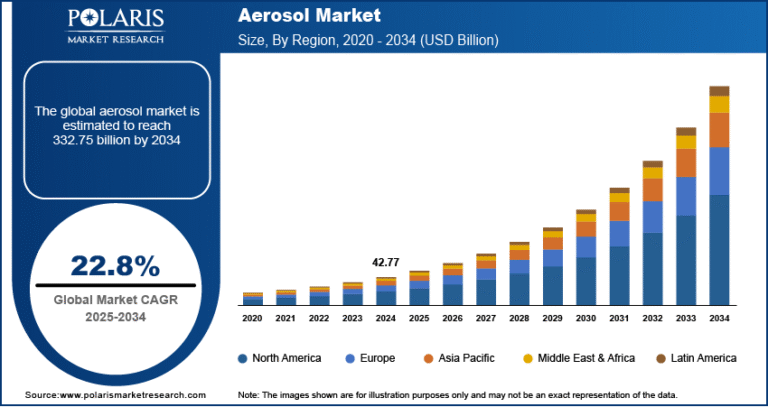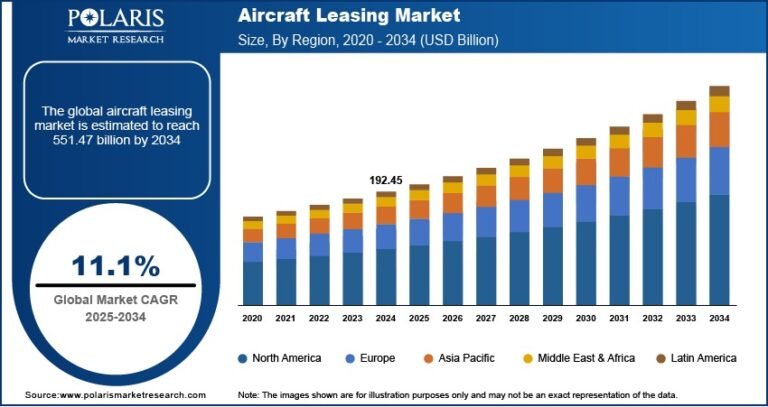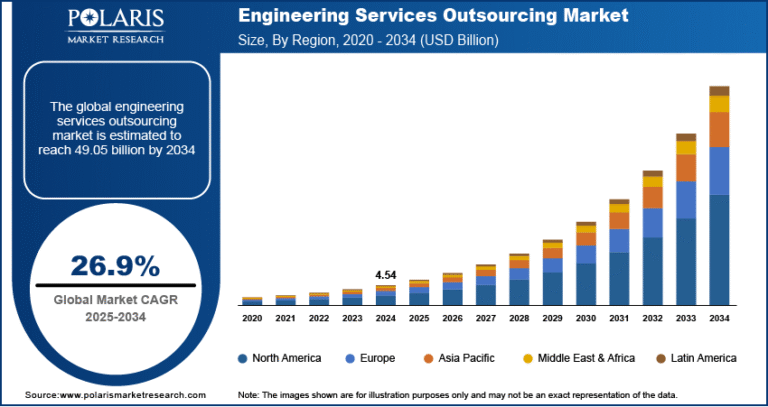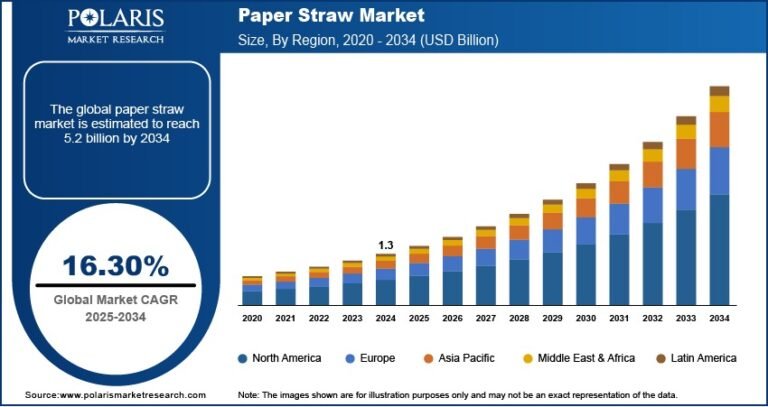Intelligent Transportation System Market Projected to Reach USD 123.66 Billion by 2034, Registering a CAGR of 8.4%
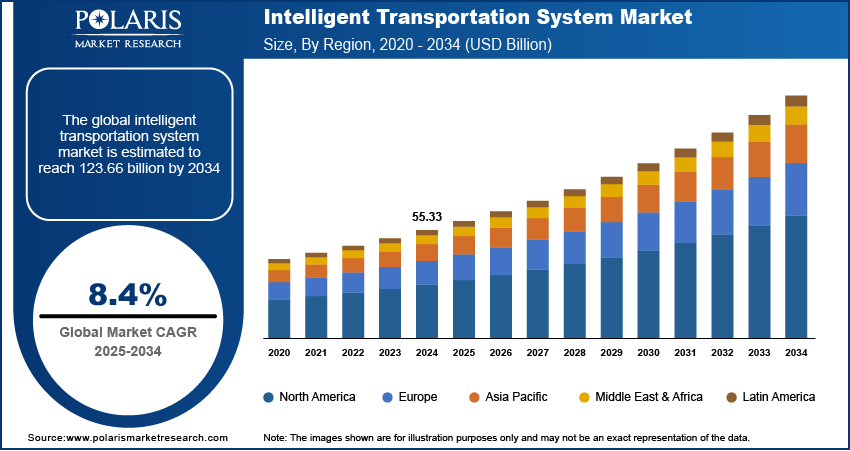
Global Intelligent Transportation System Market size and share is currently valued at USD 55.33 billion in 2024 and is anticipated to generate an estimated revenue of USD 123.66 billion by 2034, according to the latest study by Polaris Market Research. Besides, the report notes that the market exhibits a robust 8.4% Compound Annual Growth Rate (CAGR) over the forecasted timeframe, 2025 – 2034.
Key Market Trends & Insights
- Adoption of Vehicle-to-Everything (V2X) Technology
V2X communication, including vehicle-to-vehicle (V2V) and vehicle-to-infrastructure (V2I), is rapidly advancing, enabling real-time data exchange and enhancing road safety and traffic efficiency. - Integration of AI and Machine Learning
AI-powered ITS solutions are improving traffic predictions, route optimization, and autonomous vehicle coordination through adaptive learning and real-time data processing. - Expansion of Smart City Projects
Government-backed smart city developments across Asia-Pacific, North America, and Europe are fueling investments in ITS infrastructure and connected mobility solutions. - Growing Use of Big Data and IoT Sensors
Advanced analytics and IoT devices enable traffic authorities to collect, process, and respond to real-time traffic and incident data more efficiently. - Increased Deployment of Electronic Toll Collection Systems
Contactless and automated tolling systems are gaining traction, reducing congestion and enhancing revenue collection efficiency on highways and expressways.
Market Size & Forecast
- Market size value in 2025 – USD 59.89 billion
- Revenue forecast in 2034 – USD 123.66 billion
- CAGR – 8.4% from 2025 – 2034
Market Overview
The Intelligent Transportation System (ITS) market is experiencing robust growth due to the increasing need for efficient, safe, and sustainable transportation infrastructure worldwide. ITS integrates advanced communication, data analytics, and sensor technologies to enhance traffic management, reduce congestion, improve road safety, and optimize public transportation systems. Governments and private sectors alike are investing heavily in ITS to modernize urban mobility, reduce environmental impact, and manage growing urban populations. From smart traffic signals and vehicle-to-infrastructure communication to real-time public transit monitoring, ITS is a cornerstone of Smart cities initiatives globally.
Request a Free Sample Research PDF:
Key Market Growth Drivers
- Rising Urbanization and Traffic Congestion
Rapid urban population growth and increasing vehicle ownership are creating significant traffic challenges, driving demand for intelligent traffic management solutions. - Government Initiatives and Funding
Governments across the globe are actively funding ITS deployments to improve transportation infrastructure, enhance public transit efficiency, and reduce carbon emissions. - Demand for Enhanced Road Safety
Rising road accidents and fatalities are prompting investments in advanced ITS components such as collision avoidance systems, emergency response coordination, and real-time alerts. - Growth in Connected and Autonomous Vehicles
The development of connected and autonomous vehicles (CAVs) depends heavily on ITS infrastructure, which enables real-time communication, navigation, and safety systems.
Market Challenges
- High Implementation Costs
The deployment of Intelligent Transportation System Market involves significant capital expenditure in infrastructure, software integration, and maintenance, posing a challenge for budget-constrained municipalities. - Data Privacy and Cybersecurity Concerns
With increased connectivity comes a greater risk of data breaches and cyberattacks, especially in vehicle communication systems and centralized traffic data networks. - Lack of Standardization and Interoperability
Variations in communication protocols, hardware specifications, and system designs across regions can hamper seamless integration and scalability of ITS solutions. - Limited Infrastructure in Developing Regions
In many emerging economies, inadequate road and communication infrastructure hampers the effective implementation of advanced ITS technologies.

